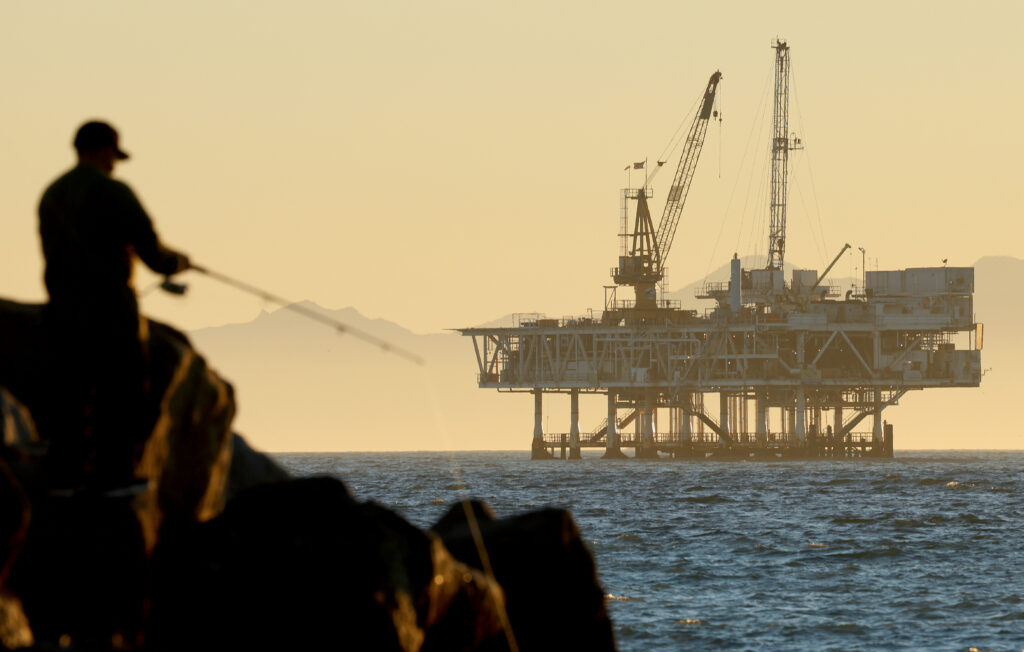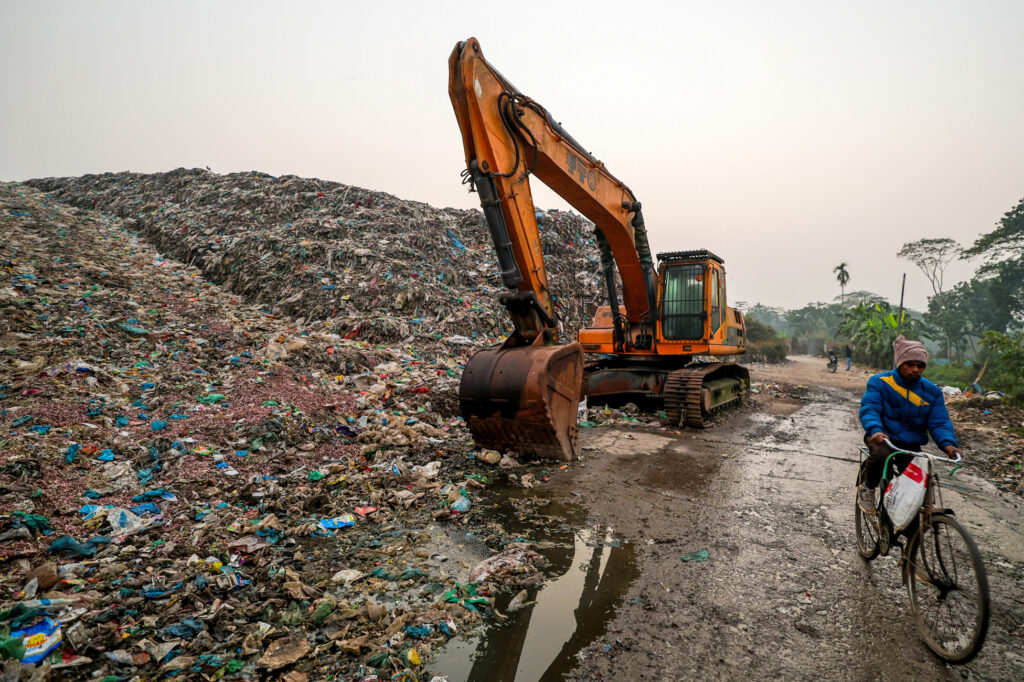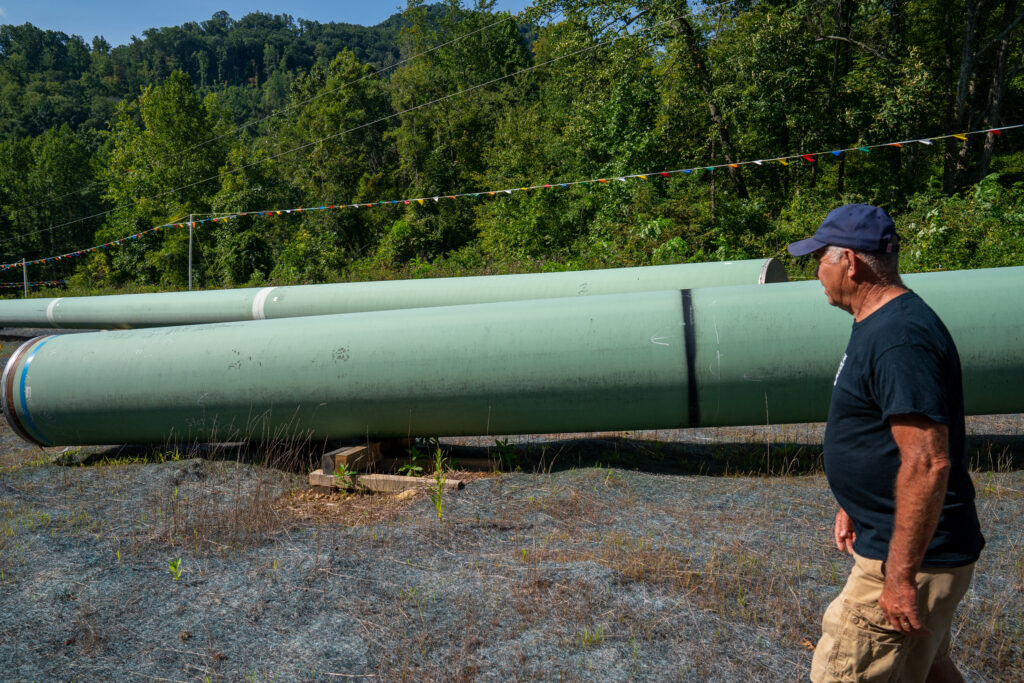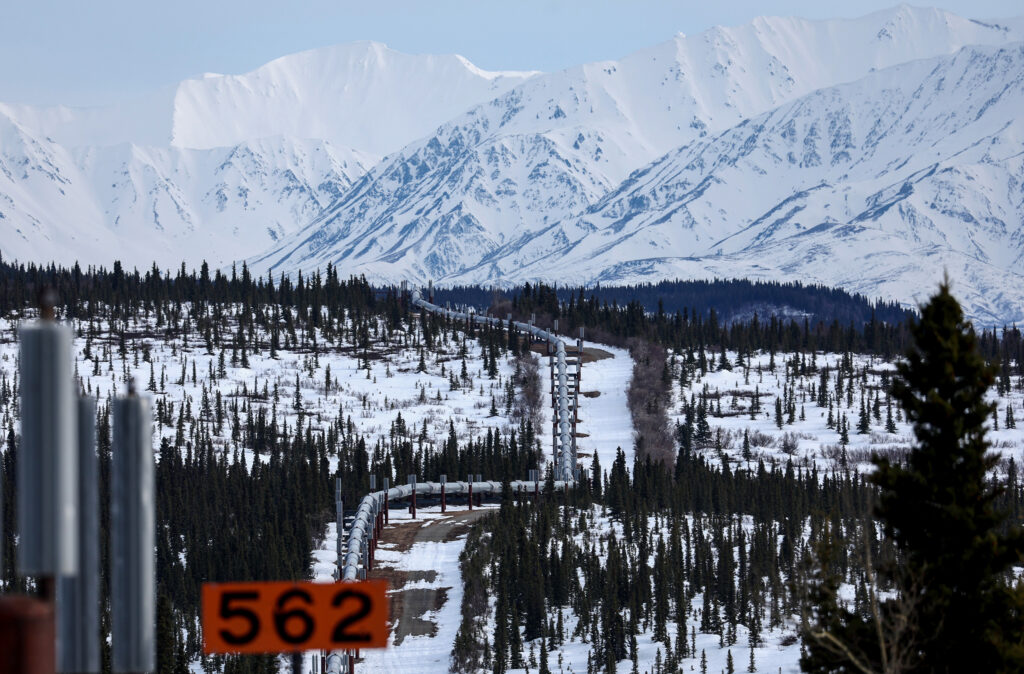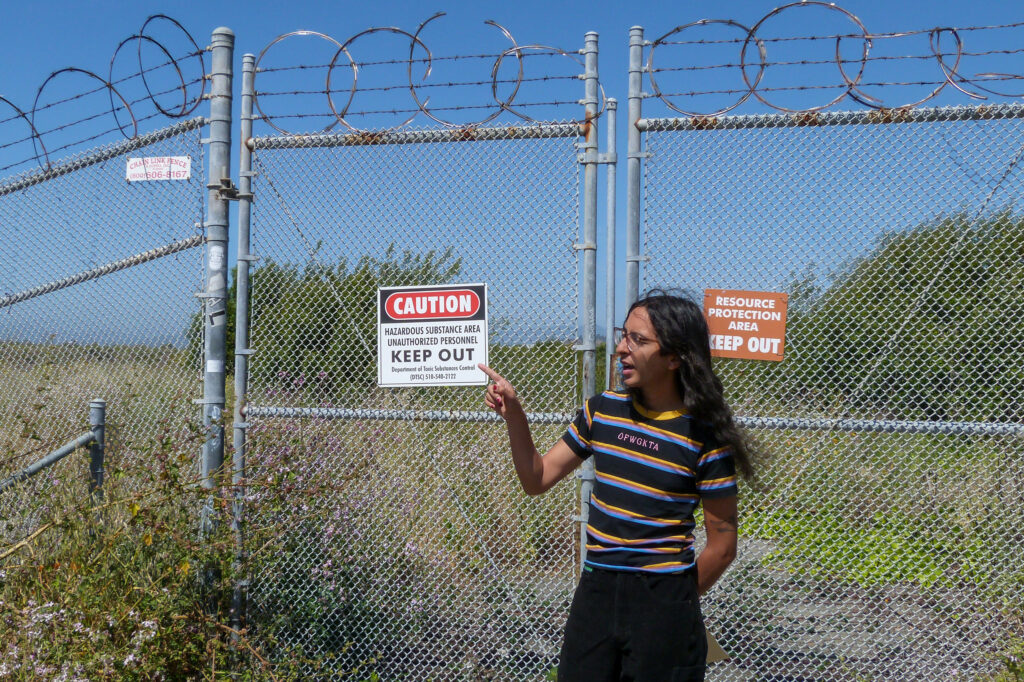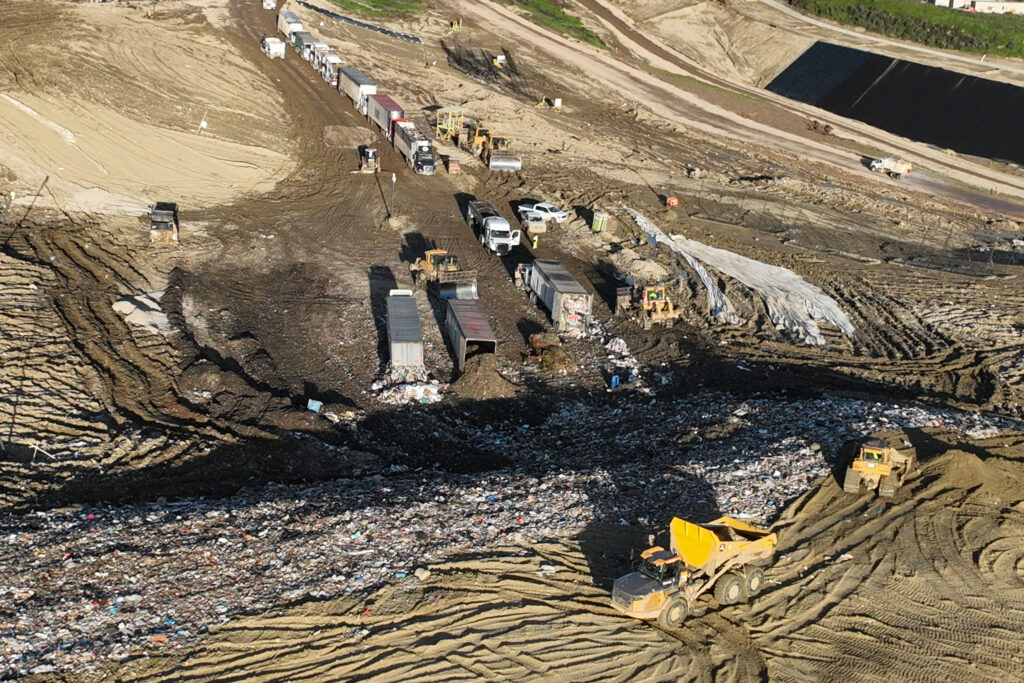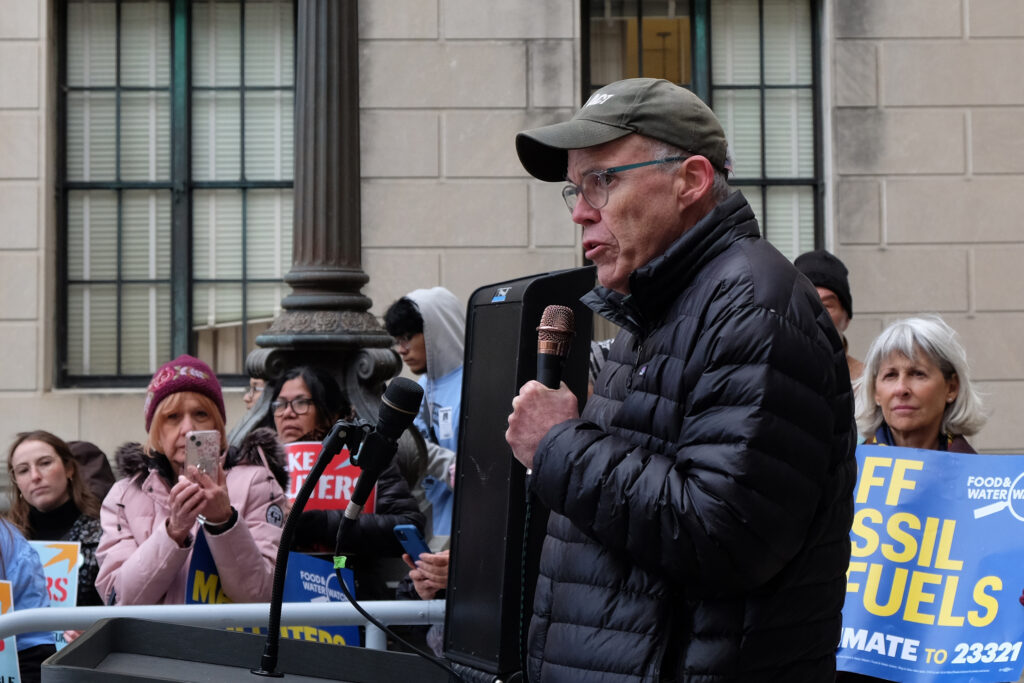The state of Texas will infuse more cash into a program for plugging inactive oil and gas wells in 2026 and 2027, as the average cost of sealing each well has rapidly increased.
The state will allocate a one-time $100 million appropriation for the Railroad Commission’s State Managed Well Plugging Program. This is the largest one-time appropriation from the legislature to the plugging fund. This infusion is in addition to the regular state budget and federal funds for well plugging.
Wells that no longer produce oil or gas, are unplugged and have no active operator are considered orphaned. The Railroad Commission, which regulates oil and gas production in Texas, requested the additional funds last year after several well blowouts required multi-million-dollar plugging operations. Federal funds from the Biden-era Infrastructure Investment and Jobs Act supplement the state funding.
We’re hiring!
Please take a look at the new openings in our newsroom.
See jobs
But even with more money to spend, Texas struggles to keep up with new orphan wells being added to a list that already has thousands on it. Advocates say that policy changes are needed to ensure more wells are plugged by operators instead of being orphaned and left to the state.
The Railroad Commission is also contending with more complex well problems, including several blowouts in the Permian Basin that formed geysers spewing vast quantities of salty water. In testimony to the Senate Committee on Finance in February, Railroad Commissioner Christi Craddick said that plugging just two recent well blowouts cost $9 million. The average cost of plugging a well rose more than 50 percent between 2019 and 2023, to $30,000, according to the agency’s budgetary request to the Legislature.
The agency’s elected commissioners commended the Legislature for increasing well plugging funds.
“I deeply appreciate the Legislature’s support of our important mission to regulate responsibly while continuing to keep Texas’ energy industry and economy thriving,” Craddick said in a statement.
Virginia Palacios, the executive director of Commission Shift, a nonprofit that advocates for reforms to oil and gas regulation in Texas, said the funding will contribute to “putting a dent in the orphaned wells list and preventing groundwater contamination and methane emissions.”
“We need real policy changes that will prevent orphaned wells from being added to the list in the first place,” she added.
Texas Has Almost 9,000 Orphan Wells to Plug
As of May, the Railroad Commission listed 8,925 orphan wells across the state.
The Railroad Commission’s state-funded program plugged 1,012 wells in fiscal year 2024, meeting their goal of 1,000 wells. The agency has plugged more than 700 additional wells with federal funds. But this pace has not kept up with the orphan wells added to the plugging list.
Responding to emergency well situations has also depleted state resources. Well blowouts in the Permian Basin have proven unpredictable and expensive to plug. In some cases, the Railroad Commission did not have prior documentation of a well that blew out and required an emergency response.
“Well-plugging costs have risen dramatically and we need to be able to account for the challenges we have been having with emergency wells,” Craddick told the Senate Finance Committee. “Often these emergencies end up costing us significantly more than a regular plugging job.”
These blowouts have occurred when underground pressure, in some cases linked to disposal wells, forces fluids back up through an old wellbore, creating a surface leak or geyser.
This story is funded by readers like you.
Our nonprofit newsroom provides award-winning climate coverage free of charge and advertising. We rely on donations from readers like you to keep going. Please donate now to support our work.
Donate Now
The commission said that some of the state funding will be earmarked for non-emergency priority wells, including those offshore and in areas with high levels of hydrogen sulfide, a dangerous gas.
“Plugging these wells as a preventative measure helps mitigate any potential risks before they escalate into an emergency,” the commission said in a statement.
The Railroad Commission’s goal is to plug 1,700 wells with state-managed funds each year of the biennial budget cycle, or 20 percent of the known orphan wells. The Legislature also appropriated funding to the Railroad Commission for data reporting systems to track wastewater generated during oil and gas drilling, known as produced water, and complete a mapping study of wells with high hydrogen sulfide levels. And the commission will receive $1.3 million to create an underground injection well investigation team to help ensure injected fluids do not leave the disposal formation.
Colin Leyden, Texas director at the Environmental Defense Fund, said that EDF is “pleased to see Texas beginning to step up on the looming idle well problem.”
“The scale and visibility of the Permian problems demand not just a subsidy but changes in operator behavior,” he said.
Schuyler Wight has numerous orphan wells on his ranch in the Permian Basin. He has urged the Railroad Commission to plug leaking wells and respond to emergencies. Wight called the $100 million for plugging a “Band-Aid” on the problem.
“We’re going to get another two years down the road in the next budget cycle and there are going to be more orphans,” he said. “The Legislature has not really seen the picture of how extensive this problem is.”
New Law Addresses Inactive Wells
In addition to orphan wells, Texas has 150,000 inactive wells. By definition these are wells that have not reported production in more than 12 months. But in practice, companies receive extensions that allow them to hold on to the wells without plugging them year after year. If operators do not plug these inactive wells, they can become orphan wells in the future—a problem plaguing states from California to Pennsylvania.
SB 1150, passed this session, will require operators to plug wells that have been inactive for at least 15 years. The Railroad Commission will open a rulemaking on inactive wells to implement the new requirements.
“This is a generational problem to solve, and the passage of SB 1150 alone is not going to get us all the way there,” said EDF’s Leyden. “However, it will directly and through rulemakings make Texas operations more responsible over time.”
Commission Shift’s Palacios also saw the new law as some measure of progress. “We’re really happy to see that the Legislature understood the significance of the problem and took meaningful action to give the agency capacity and authority to address the 150,000 inactive wells in Texas,” she said.
But she cautioned that the bill includes some loopholes.
“We’re hoping we can tighten those openings in the rulemaking so that the law has teeth,” she said. “The important thing is that the industry pays to prevent pollution, not the public.”
About This Story
Perhaps you noticed: This story, like all the news we publish, is free to read. That’s because Inside Climate News is a 501c3 nonprofit organization. We do not charge a subscription fee, lock our news behind a paywall, or clutter our website with ads. We make our news on climate and the environment freely available to you and anyone who wants it.
That’s not all. We also share our news for free with scores of other media organizations around the country. Many of them can’t afford to do environmental journalism of their own. We’ve built bureaus from coast to coast to report local stories, collaborate with local newsrooms and co-publish articles so that this vital work is shared as widely as possible.
Two of us launched ICN in 2007. Six years later we earned a Pulitzer Prize for National Reporting, and now we run the oldest and largest dedicated climate newsroom in the nation. We tell the story in all its complexity. We hold polluters accountable. We expose environmental injustice. We debunk misinformation. We scrutinize solutions and inspire action.
Donations from readers like you fund every aspect of what we do. If you don’t already, will you support our ongoing work, our reporting on the biggest crisis facing our planet, and help us reach even more readers in more places?
Please take a moment to make a tax-deductible donation. Every one of them makes a difference.
Thank you,





